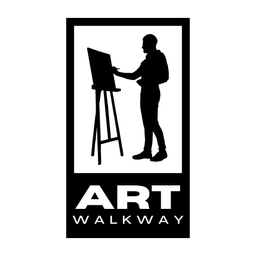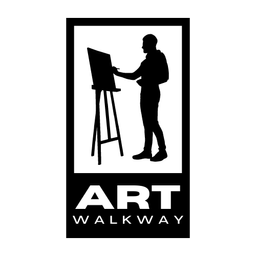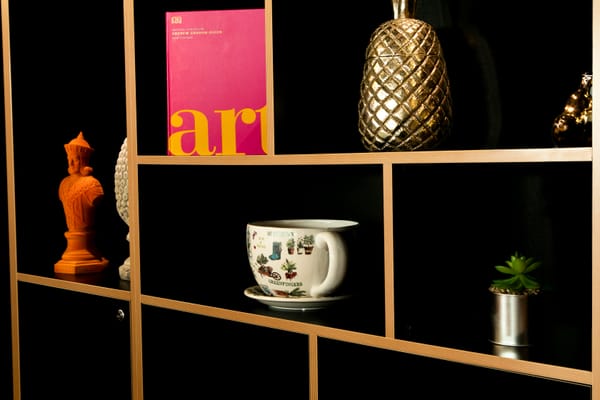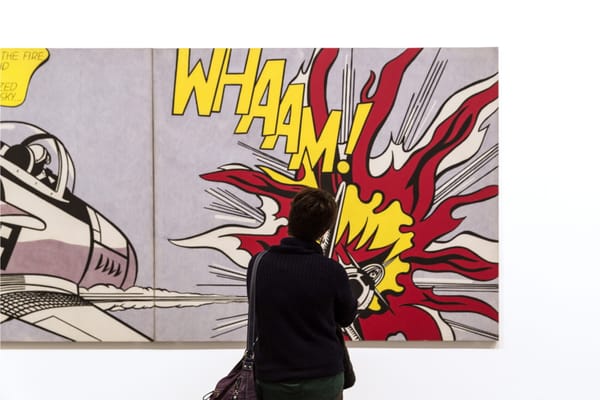Is New York’s Art Scene Returning to Its Roots?
Beloved spaces like David Lewis, Simone Subal, Deli Gallery, Tif Sigfrids, and Jack Hanley have gone dark, but across New York’s basements and unmarked storefronts, a raw new wave of micro-galleries stands ready to rekindle the city’s creative spark.

A wave of closures has shaken New York’s art scene with startling speed. David Lewis shuttered despite its steady following of adventurous collectors. Simone Subal, once a Lower East Side staple, bowed out after more than a decade of championing emerging talent. Deli Gallery, celebrated for spotting rising stars, ended with little fanfare. Tif Sigfrids, who held a foothold in Athens, Georgia, gave up her New York post to join a larger gallery. And Jack Hanley, a beloved fixture for thirty-seven years across multiple cities, closed its Tribeca doors with a final show. These spaces defined indie curation for a generation of art lovers. Watching them vanish in quick succession has left seasoned collectors, young artists, and longtime visitors wondering if mid-tier galleries are no longer sustainable in a city ever-more fixated on auctions and blue-chip blockbusters.

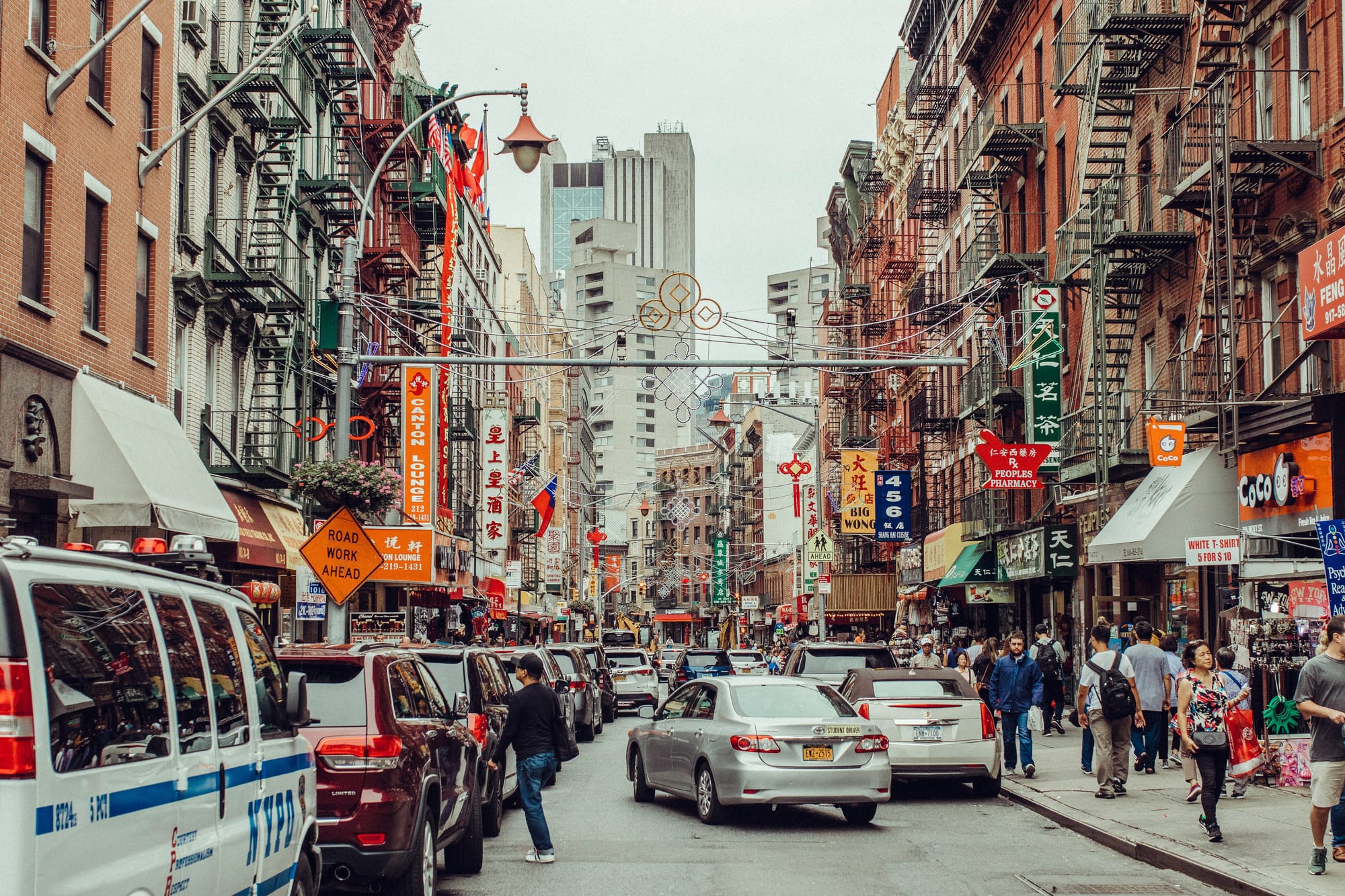
Your first hint of this silent renaissance is the hush—no press releases, no splashy Instagram campaigns. Instead, news travels by word of mouth, from one obsessive show-goer to another, drawing in open-minded explorers who long for an experience free of commerce-driven spectacle. Walk down a dimly lit stairwell on the Lower East Side, or push open a battered metal door in Chinatown, and you may find yourself face-to-face with the sort of experimental art you once thought had vanished from New York. It’s raw, unexpected, and built on community rather than deep-pocketed backers.
But how did it come to this point? One gallery after another has cited rising rents, fickle collector habits, and the post-pandemic rush of money toward blue-chip auctions—all of which clashed with a vision that once championed emerging artists. Many mid-tier gallerists grew weary of the treadmill: chasing larger art fairs, courting a handful of wealthier clients just to keep afloat, and trying not to lose their identity in the process. Now, with so many standard-bearers folding, the vacuum has cracked open unexpected freedoms for those ready to invent—galleries that value spontaneity over scale, intimacy over profit.
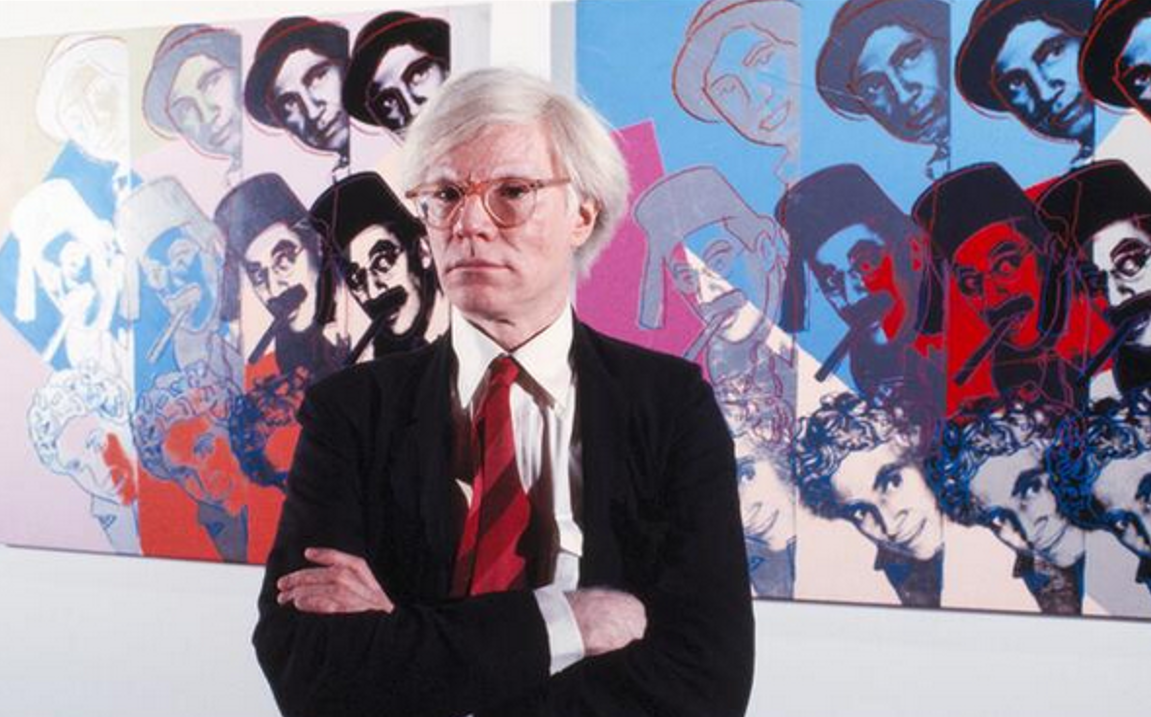
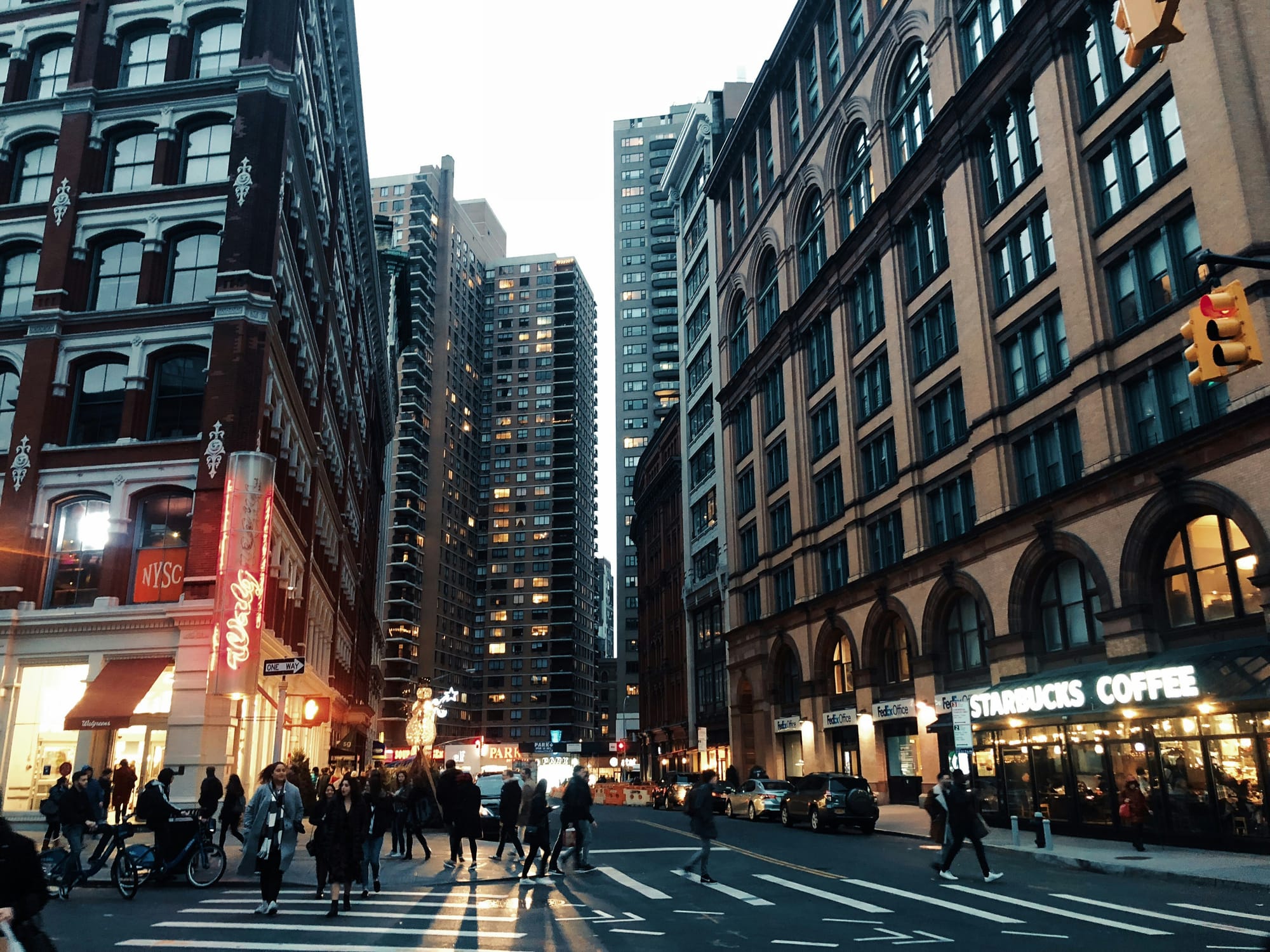
Stumble upon a pocket gallery like Smilers or the cryptic-yet-courageous spaces inside East Village apartments, and you’ll sense how battered, anxious energy can flip into a thrilling immediacy. Each show, no matter how short-lived, feels precious and unrepeatable, a direct confrontation with art that demands your presence rather than your money. In many ways, it recalls an older New York—one of repurposed storefronts and nights brimming with half-secret openings. But the stakes now are perhaps even higher, because behind every pop-up or cramped basement space lies the knowledge that an entire generation of mid-scale galleries is in crisis.
So as new closures continue to ripple through the press, don’t imagine a city tapping out. Think instead of an art scene shedding old expectations. Think of a reinvention that prizes ephemeral experiences, fosters local creative networks, and dares to show us what’s possible without million-dollar backing. It’s a wrenching upheaval—but it might also be the spark of a deeper transformation. Because in New York, creative fervor has a way of surging back, even if it means dropping down into a hidden basement just to see it happen.
ART Walkway News


